The silk museum, bsous
Photo Gallery
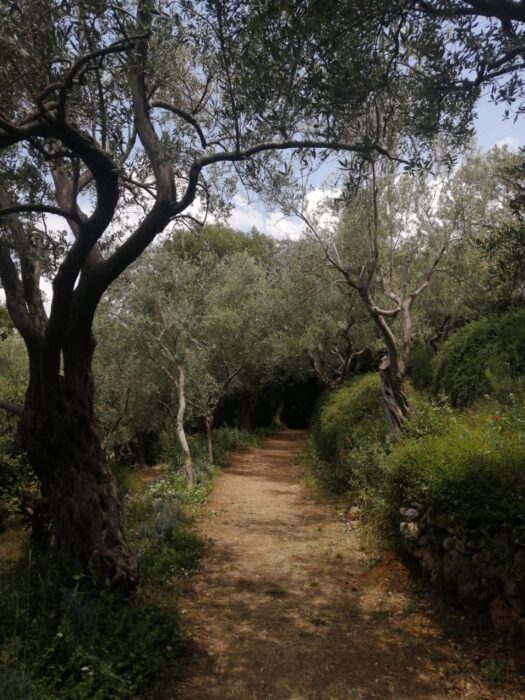
|
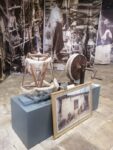
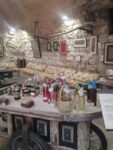
|

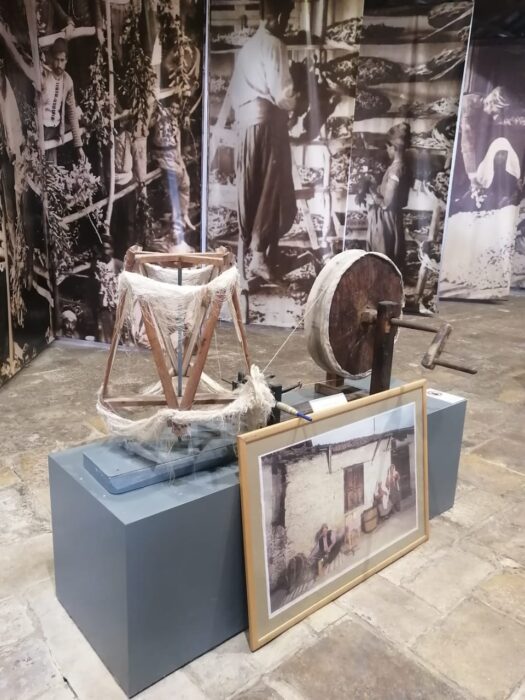
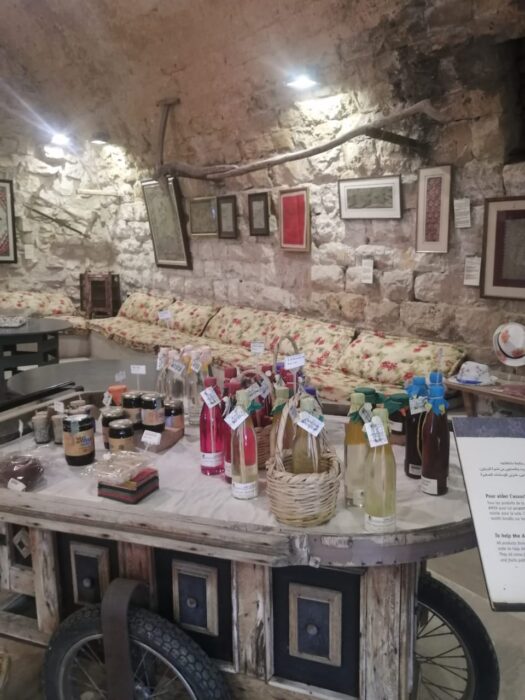
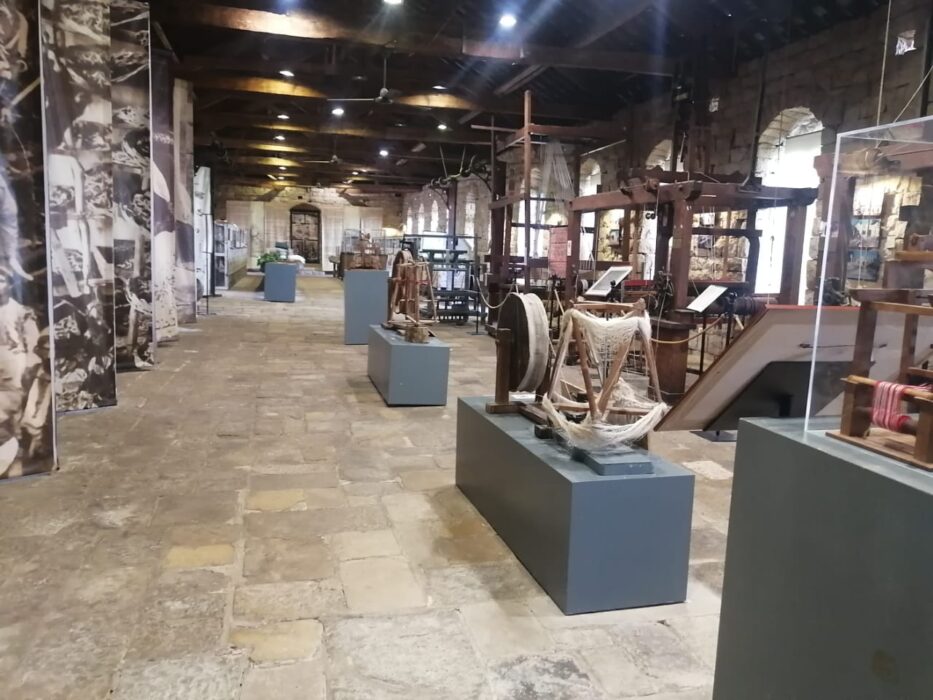
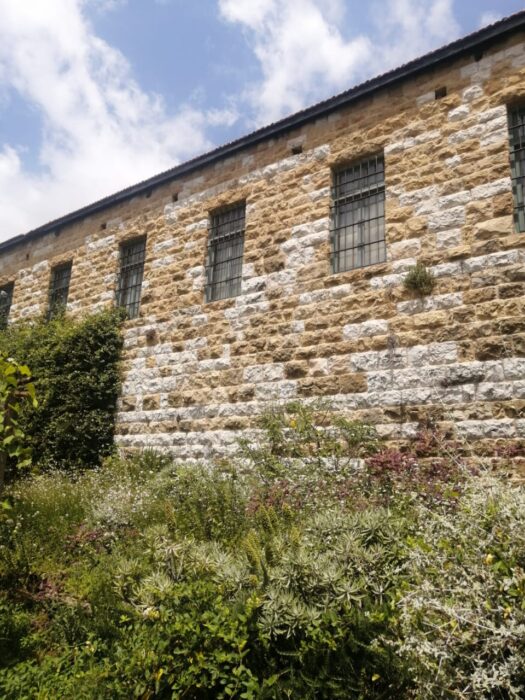
Additional Info
| City | Bsous |
| Street | Bsous |
| Phone | +961 71 454 277 |
| Site URL | https://thesilkmuseum.com |
Background Story
In 1966, whilst driving via Wadi Chahrour to Aley, we stopped to look over the fence at a large abandoned house, silk factory, various ruined cottages and surrounding terraces. We immediately fell in love with the charm of the land and the crumbling buildings, which were totally overgrown and occupied only by sheep and goats.
On the very first day of our marriage in April 1969*, we chose to return to picnic together under the olive trees of this place.
In 1973 we bought the property from the Fayad family, who had owned and run the silk spinning factory for about 50 years until 1945 and who had lived in the big house at the top of the land.
The Silk factory space and surrounds were for many years let to a livestock merchant. The concrete pens, he had built inside and outside to house his sheep and goats, remained until we started renovation in 2000. Every stone was thick with manure.
In 1974 we planted hundreds of trees, especially the traditional apricots of Bsous. (Of all these, only a few survived the war). We also started to re-build the house. In late 1975 we were due to move in to the big house, but the war began and we had to abandon this plan, amongst many others. (It is now our grandchildren, rather than our children, who play under the olive trees).
In 1982 the Silk Factory and the grounds were occupied by the Syrian army for a short time.
In 1998 we started, bit by bit, to repair the terraces to take care of the trees, which had survived the war, and to attempt to put the land back to itself after so many years of war, neglect and fires. What started as a very humble attempt to look after the property has developed into what you see today. It is as though we have been ‘asked’ to be the guardians of this place.
Independently of our own dreams, Thierry Huau and Francoise Le Noble Predine from Paris, and who in the late nineties were working on a landscaping project in the Solidere area, visited and also fell in love with this place without our knowledge. They made a sketch plan for a large public garden project and children’s play area, which they later presented to us in London. Their enthusiasm at that time, for what might be done here, helped us to find the courage to begin our own project.
Francoise Le Noble’s energy and love for helping the Silk Museum during the first years was invaluable. She also brought and organised the wild silk from Madagascar and together with Mona Sader Issa helped us to establish aMED, the Association of Memory and Development. Their active support made a vital contribution to the Silk Museum’s exhibitions and the school visits… Along the years, and with the help of the students of the Lycée Agricole et Horticole of Saint-Germain-en-Laye in France, the Association carried out ecological projects in the village of Bsous and the pine forest of Beirut devastated during the war. Francoise Le Noble still visits occasionally and Mona Sader Issa generously continues to provide invaluable help for the ongoing success of the Silk Museum.
The big work on our own terraces around the Museum, the first plantations and the creation of our plant nursery were taken in charge by head gardener Guillaume Maurin (1999-2003), who also helped the French students to find their feet in Lebanon. The garden has evolved with time and we regularly run gardening schools for children to encourage more garden lovers.
The Museum as you can see it today was renovated and refurbished with some new practical additions by architect Jacques Abou Khaled and project-managed by Sami Feghali. In 2001 our first activity was a symposium called “Ainsi-soie-t-elle”, which recounted the development of sericulture in Lebanon and its strong connection with Lyon and France. Since then, we have held yearly exhibitions, from May to October. (Except for closing down during the Israeli attack in July 2006). Since 2002, Jean Louis Mainguy has tirelessly and generously shared his talent and his time to creating the scenography of each exhibition.
In the Eco Museum we show different themes connected with the production of silk to the finished product. The exhibitions offer a wide display of modern and antique items from the ‘Silk Route’.
George and Alexandra Asseily, March 2009.
* 23rd April, 1969 there was a curfew for 3 days and we were unable to leave for our honeymoon. However, on April 24th we managed to get an army permit to leave -the Hotel St. Georges- for our picnic under the olive trees at ‘Bsous’.
- Bsous Bsous
Share Ad
Contact Owner
Complete the form below to send a message to this owner.
Popular Ads Overall
- Everything about Lebanon (8341 views)
- Camping Les Colombes (8048 views)
- PPB Structures, Derviche Haddad S.A.L (6862 views)
- Massabki hotel, Chtaura, Lebanon (6636 views)
- Chateau trianon Theater (5865 views)
- Sky gym, jal el dib (5708 views)
- Sahriye Cafe (5671 views)
- Abou Abdallah Restaurant (5596 views)
- Oriental Drumming, private tabla and riq classes (4775 views)
- Entotox Public Health Lebanon (4584 views)


Comments